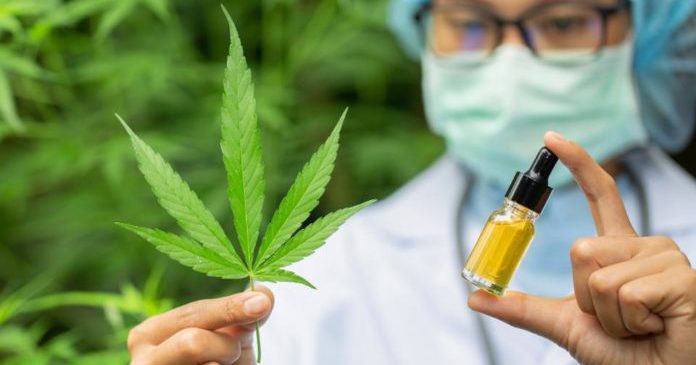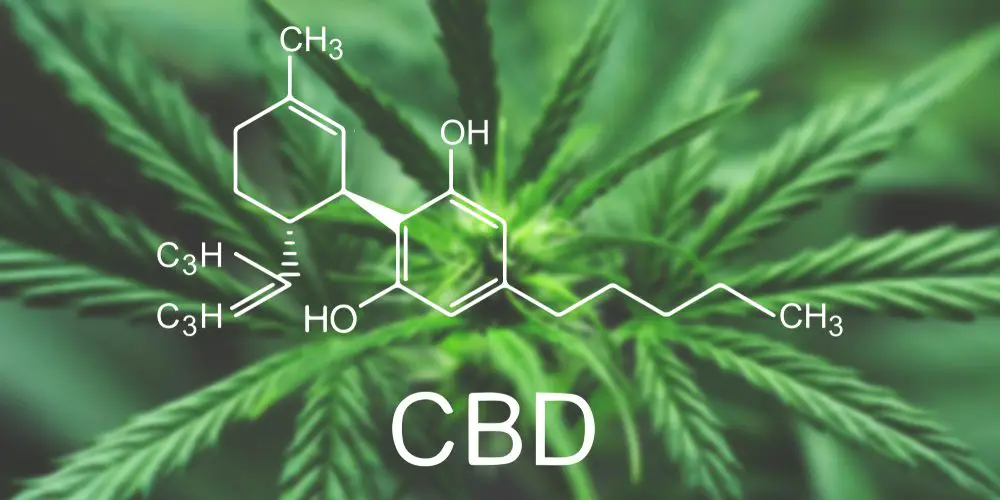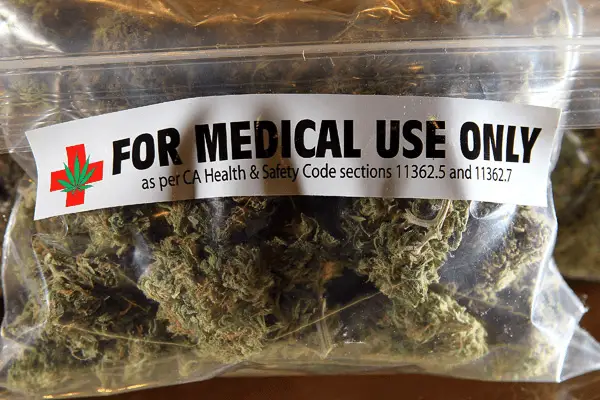Although we can’t really say for sure how long it’s existed, we do know that marijuana’s been a part of human culture for thousands of years. Anthropological evidence suggests that it’s been in human use since circa 7000 B.C., with records of its circulation found in ancient Egyptian, Chinese, Greek and Roman civilizations among others. So what was it being used for? As medicine for everything, from stomach problems to all kinds of aches and pains.
So let’s put aside all the controversy about recreational pot smoking for a minute and really talk about the medical marijuana. Now, I know what some of you may be thinking, “Oh no, not another pro-legalization article from some pothead writer”. Actually, no. I haven’t smoked marijuana in years (about 10 years, give or take) and I gave it up largely because I hated the feeling after the high (that sleepy, droopy, laziness that stayed even after I sobered up). But let’s approach marijuana with objectivity.

Research by some crazy smart science people has indicated some really intriguing modern day medical applications of marijuana. It can help treat Glaucoma for one thing. The National Eye Institute states that it can lower pressure inside the eye and keep glaucoma sufferers from eventually going blind. Tetrahydrocannabinol, one of the active ingredients in marijuana (which, surprisingly, most potheads know by its acronym, THC), has the ability to alleviate seizures associated with epilepsy (study performed by Robert J. DeLorenzo at the Virginia Commonwealth University in 2003). If that isn’t enough, I have more.
Cannabidiol (CBD), another active chemical found in marijuana, turns off a gene that’s most replicated by cancer cells (the Id-1 gene) and makes the cancer cells less aggressive (the study was conducted by researchers at the California Pacific Medical Center in 2007). What does this mean? It means that CBD has the ability to stop cancer cells from spreading to the rest of the body, which could eventually lead to less invasive treatments for sufferers.

Ancient civilizations used marijuana to treat aches and pains for thousands of years. What they didn’t know was that that pain relief came from the tetrahydrocannabinol (THC) inherent to the plant. This same chemical can also alleviate certain stomach ailments (specifically, nausea). This same chemical can also block the enzyme that causes plaques in the brain associated with Alzheimer’s disease, effectively slowing down its progression.
Everything from alleviating pain associated with multiple sclerosis, hepatitis C, muscle spasms, arthritis pain, to its possible application in the treatment of Crohn’s disease, Lupus and as an after-treatment for stroke victims, the scientific community is churning out research that’s becoming more and more in support of the benefits of medical marijuana.

Look, I know from first-hand experience that pot-smoking can have a stupefying effect on people. But with all these studies, its medical applications are undeniable. Marijuana is much more valuable to humanity in the hands of learned men.
It’s amazing how one plant, a plant we’ve known for thousands of years, has stayed a part of our global culture long enough to have reached an age when science can finally tap its true value. Like it or not, marijuana may someday prove to be a catalyst of profound change. We may have to just take it all in stride.





